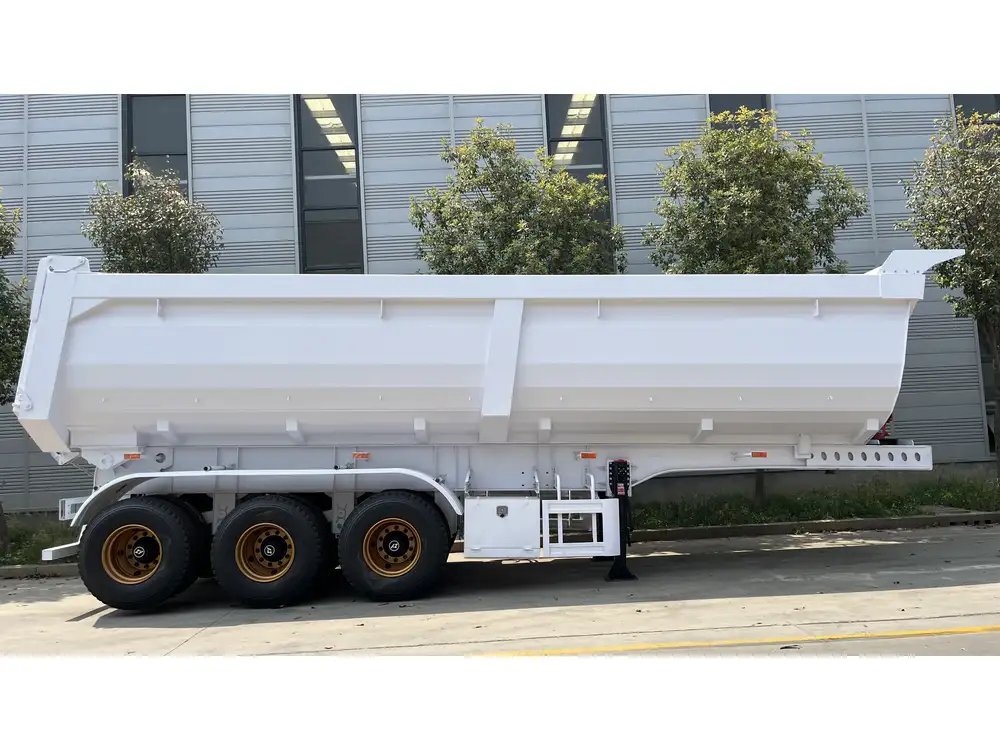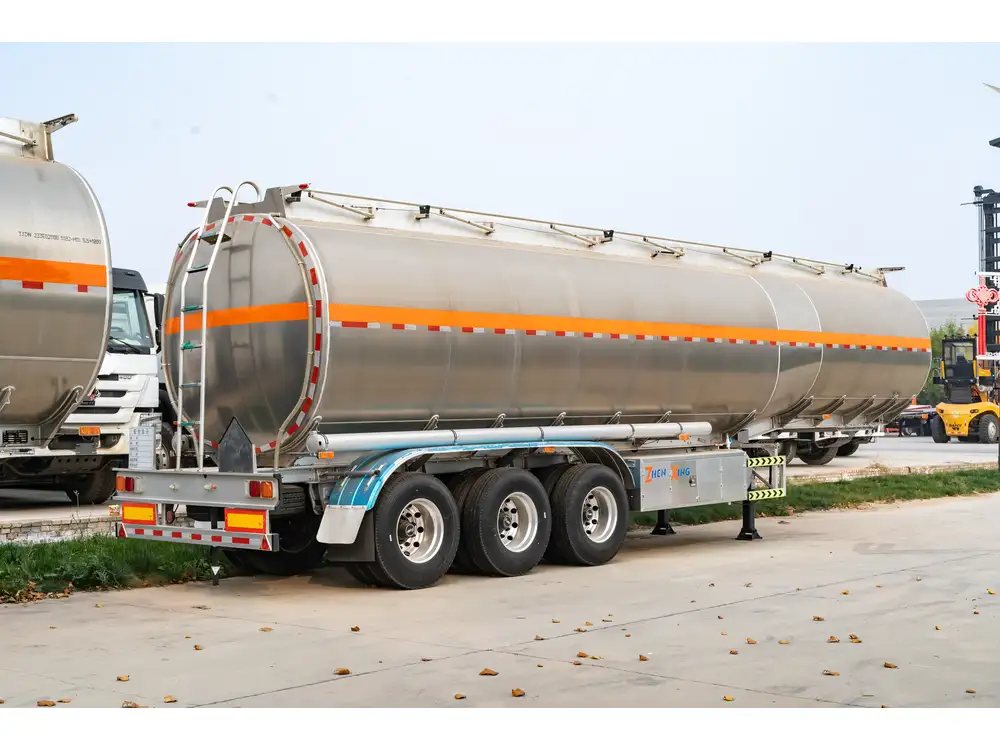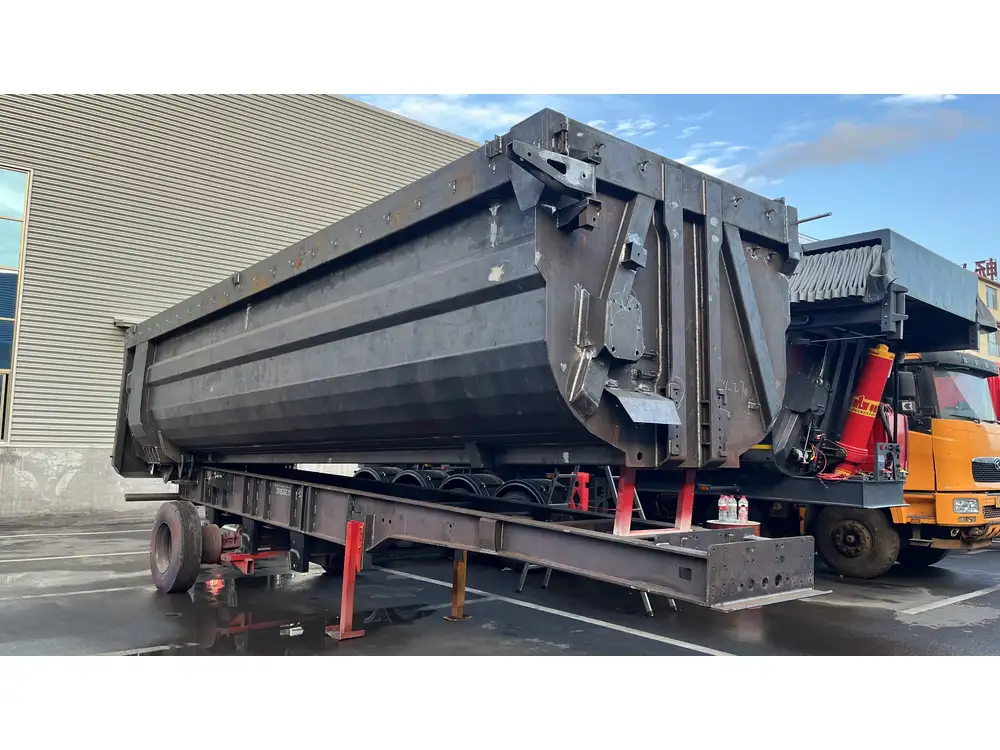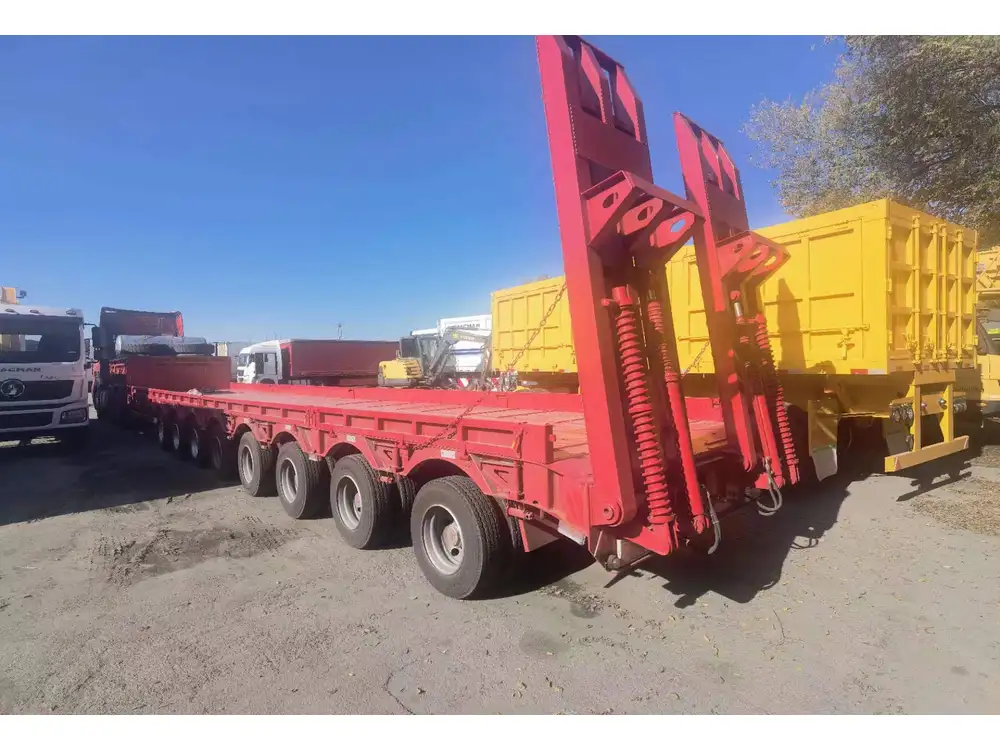When considering the unique utility and versatility of a dump bed trailer, one pressing question emerges among manufacturers, contractors, and transport professionals alike: how many tons can a dump bed trailer hold? Understanding the capacity of these trailers is essential not just for effectiveness, but also for compliance with safety regulations and maximizing efficiency in load handling. This article dives deep into the intricacies of dump bed trailer capacities, factors influencing load limits, and their practical applications across various industries.
Key Factors Affecting Dump Bed Trailer Capacity
Before we delve into the specifics, it’s pivotal to acknowledge the multifaceted factors that play a crucial role in determining how many tons a dump bed trailer can withstand:
1. Trailer Construction Material
The material used in the construction of a dump bed trailer significantly influences its weight capacity. Common materials include:
| Material | Durability | Weight Capacity | Cost |
|---|---|---|---|
| Steel | High | High | Moderate |
| Aluminum | Moderate to High | Moderate | Higher |
| Composite | High | Moderate | Variable |
Aluminum trailers tend to be lighter, thus allowing for more cargo without exceeding towing limits, while steel trailers are typically more robust but heavier.

2. Axle Configuration
Another critical factor is the configuration of axles. Dump trailers commonly feature single, tandem, or triple axles, which directly impact the load-bearing capacity.
Axle Configuration Overview:
- Single Axle: Suitable for lighter loads, typically up to 5 tons.
- Tandem Axle: The most common setup, can carry between 10 to 20 tons, depending on the specific design.
- Triple Axle: Designed for maximum load, these trailers can exceed 20 tons.
3. Trailer Size and Design
The overall dimensions of the dump bed trailer, including length and width, are essential in determining volume capacity. A typical dump bed trailer’s volume can range between 10 and 20 cubic yards, influencing the total tonnage of materials it can transport.
4. Weight Distribution
Proper weight distribution across the trailer axles can also affect load limits. Uneven loads can lead to overloading specific axles, increasing the risk of failure or accidents. The Federal Highway Administration (FHWA) recommends keeping the load balanced to promote stability during transport.

5. Towing Vehicle Specifications
The capacity of the towing vehicle is a crucial consideration. Pinto hitch ratings, brake power, and engine capabilities must align with the intended load to ensure safe transportation.
Understanding Dump Bed Trailer Capacities
Standard Load Capacities
Typically, the advertised capacities of dump bed trailers can be summarized in the following table:
| Trailer Type | Estimated Capacity (Tons) | Common Uses |
|---|---|---|
| Light-Duty | 3-5 tons | Landscaping, small construction |
| Medium-Duty | 6-10 tons | General construction |
| Heavy-Duty | 11-20 tons | Large construction, demolition |
| Super Heavy-Duty | 21+ tons | Mining, bulk material transport |
These values are contingent upon all the previously mentioned factors. Any deviation in design or material can substantially alter the maximum carrying capacities.

Examples of Load Types and Their Approximate Weight
To provide further context, let’s consider the types of loads often transported by dump bed trailers and their corresponding weights:
| Material | Approximate Weight per Cubic Yard (lbs) | Typical Load in a 12-Yard Trailer (tons) |
|---|---|---|
| Sand | 300 lbs | 6 tons |
| Gravel | 1,200 lbs | 12 tons |
| Topsoil | 1,000 lbs | 10 tons |
| Concrete | 2,400 lbs | 24 tons |
This table indicates that the specific material significantly affects how many tons a dump bed trailer can safely transport.
Regulatory Considerations
Understanding load capacity also entails recognizing local and federal regulations regarding transportation. Exceeding weight limits can result in fines, vehicle wear, and compromised safety.
Weight Limit Regulations
Here are some regulatory guidelines to consider:
- Federal Limits: The U.S. Department of Transportation regulates maximum axle weights— typically 20,000 lbs on a single axle and 34,000 lbs on tandem axles.
- State Regulations: Individual states may impose their regulations that can vary significantly from federal guidelines, adding another layer to consider during load calculations.

Benefits of Understanding Capacity
Familiarity with dump bed trailer capacity delivers numerous advantages:
- Efficiency: Knowing how many tons a dump bed trailer can carry allows better planning and reduces the number of trips required to complete a job.
- Cost Savings: Optimized loads can minimize fuel costs, wear on equipment, and labor expenses associated with transportation.
- Enhanced Safety: At a foundational level, adhering to weight limits can mitigate risks associated with overloading, improving safety for drivers and other road users.
Conclusion
In conclusion, determining how many tons a dump bed trailer can hold encompasses a multifaceted examination of construction materials, axle configurations, weight distribution, and regulatory adherence. With maximum load capacities averaging between 3 to over 21 tons depending on various factors, understanding these parameters empowers manufacturers and operators to optimize their operations effectively.
As industry demand continues to evolve, recognizing the capabilities and limitations of dump bed trailers is paramount. By leveraging the knowledge provided in this guide, businesses can make informed decisions to improve efficiency, enhance safety, and ensure compliance with applicable regulations.
Call to Action
If you are in the market for a dump bed trailer and need assistance determining the right specifications to fit your needs, contact our expert team today. We will provide tailored recommendations and high-quality solutions that ensure your operations run smoothly and safely.



